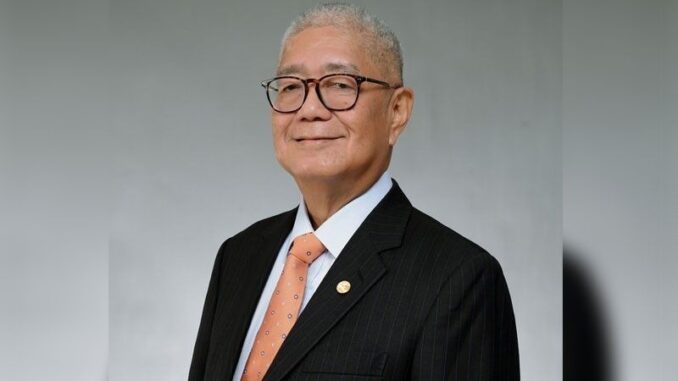
Financial markets in a ‘horse race’
MANILA, Philippines — The Bangko Sentral ng Pilipinas (BSP) is eyeing to make further refinements to its securities facilities as part of continued efforts to deepen market liquidity and improve the transmission of monetary policy.
Speaking at a press conference, BSP Governor Eli Remolona Jr. said the central bank aims to develop deeper and more liquid financial markets, with the goal of improving the transmission of monetary policy and enhancing the overall economic outlook.
He likened financial markets to a horse race, emphasizing that differing opinions among market participants are crucial for creating liquidity and promoting active trading.
“In a market, the more differences in opinion there are, the more liquidity there is, the more trading. So the more diversified the participants are, the more likely you’ll find a difference of opinion,” he said.
“The differences in opinions are reconciled in the market. There’s a consensus that is built in the market that people trade. That’s what we want,” Remolona said.
Asked if the central bank plans to offer BSP bonds, Remolona said it’s best to focus on managing liquidity for now. “Longer term bonds are for financing of, say, government operations, but what we are doing now is purely a liquidity effort,” he said.
BSP Assistant Governor Zeno Ronald Abenoja said the central bank aims to expand the pool of eligible counterparties. Currently, unit investment trust funds are already included, but the BSP is eyeing further inclusions.
“We may consider and see which part of the industry could also join this particular facility,” he said. “Non-resident funds have been there. Maybe this is something that could also be considered in the future.”
Abenoja said the BSP may also consider some refinements in other parts of the BSP’s interest rate corridor (IRC).
“We are consulting with the banks every quarter to see if they see any room for improvement or any instruments that are attractive to them that we can consider when we try to fine-tune the IRC,” he said.
The BSP uses open market operations as a primary tool to manage liquidity in the financial system and influence short-term interest rates. Around 55 percent of total OMO is via BSP securities.
The BSP issues its own securities, such as the 28-day and 56-day BSP bills, to absorb excess liquidity from the banking system. They provide banks and financial institutions an investment avenue with stable returns. By selling these securities, the BSP reduces the amount of money circulating in the economy, helping control inflation.
Abenoja said Philippine banks may find getting these BSP bills attractive as they are considered a high quality liquid asset. “Holding such assets can be used as regulatory compliance in terms of risk and liquidity management by banks,” he said.
“There’s also demand from banks to have these particular types of BSP instruments. A tradable, liquid, high quality type of BSP instrument. So that’s where we are right now,” Abenoja said.
Remolona said that if the central bank lowers interest rates, the entire IRC moves and the value of government securities goes up.
“So anticipation of BSP easing should lead to more volumes and more investment in the government securities market,” Remolona said.
As of September, the BSP liquidity facilities absorbed a total outstanding amount of P1.768 trillion. Around 45 percent or P804 billion are siphoned from BSP bills.


Be the first to comment